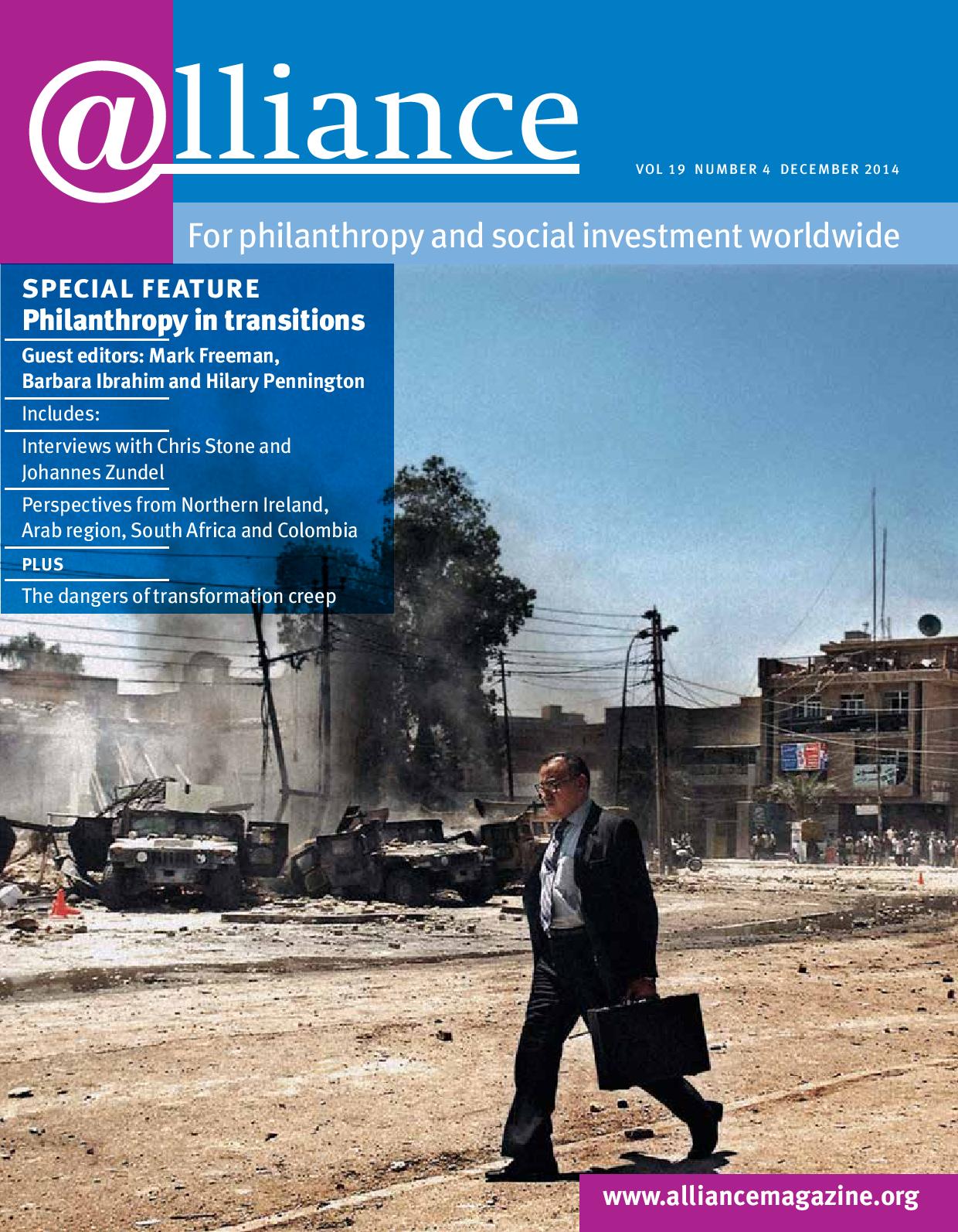Transparency is often in the eye of the beholder. Grantees and applicants want to know the criteria for funding; NGOs want to understand the sources of funding; interested members of the public want to know why something got funded or not. Transparency is the flip side of accountability, of the same coin of trust, the guiding force as well as the central emotional force that affects so much public and private activity.
What does this mean for funders? Like any public or private body, foundations are subject to the demand to demonstrate trustworthiness. Being open about why you fund something, and the basis on which you fund it, is important. The systems and processes you set out to achieve this should be a core matter for the foundation, rather than a formula based on standards set by others. The approach a foundation takes to being transparent and accountable communicates a lot about how it sees itself and its relationship with the communities it serves.
There will be occasions when there are legitimate reasons for not sharing publicly the nature of a foundation’s income and its investment practices. Similarly, publicizing the activity being funded by foundations – funding in certain countries or certain causes that might be deemed controversial by governments – might at times do more harm than good. Therein lies the dilemma for some foundations.
The notion of glass pockets is important but it has to be balanced with authenticity of purpose. Making a lot of data public may assuage the desire to be transparent, but does it actually amount to anything in terms of improving trust, or a better understanding of how decisions are made, or the strategic intent of a foundation, or even how people and communities might engage with a funder?
Sometimes, we go full tilt into responding to a trend without taking time to be clear about the why and how. It pays to be thoughtful on this issue as it will improve trust. Most people can sniff out gesture from authentic engagement.
A development that puts transparency on to a different level is the digital revolution. Everything is public in the 21st century. Digital communities will know or find a way of knowing. Foundations and independent funders should embrace this challenge. In the next ten years, the foundation world will become as transparent as any other aspect of life. It’s best not to sleepwalk into this emerging reality.
Dharmendra Kanani
Fellow and policy director, European Foundation Centre




Comments (0)